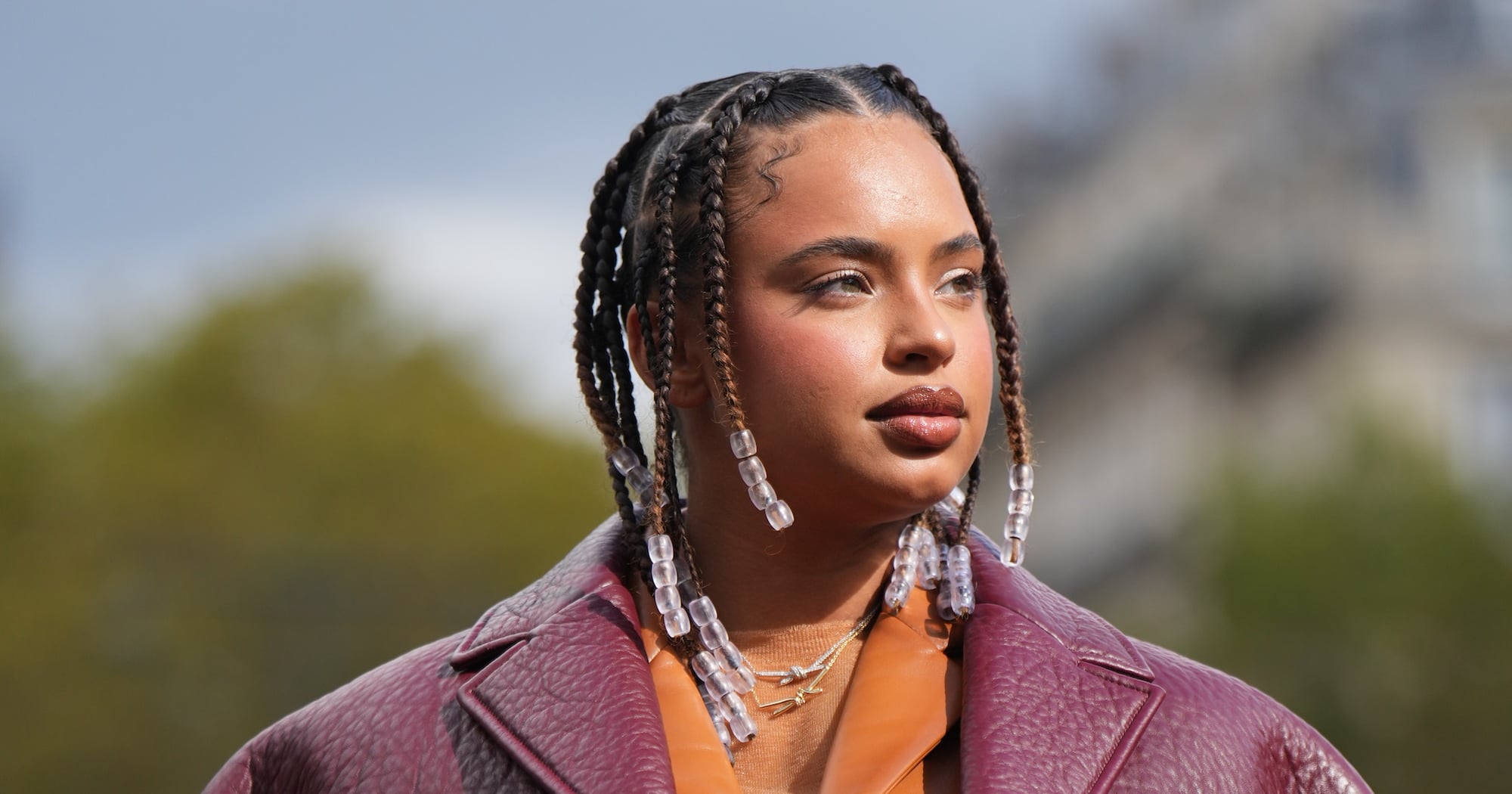Last summer’s surprise deal to bring together Tapestry Inc. and Capri Holdings and create a fashion group with more than $12 billion in sales is about to become a reality.
The transaction is set to close this year, putting Tapestry’s Coach, Kate Spade and Stuart Weitzman brands and Capri’s Michael Kors, Versace and Jimmy Choo businesses under one roof.
Head of the household will be Joanne Crevoiserat, Tapestry’s chief executive officer and architect of the transaction.
Crevoiserat sees the deal as a testament to the strength of Tapestry’s approach to building fashion businesses, the importance of scale in a fragmented market and the power of brands.
“When a consumer can buy anything they want, anywhere they want, any time they want, brands matter,” she told WWD last month. “We’re a global business and we have truly iconic brands that matter to consumers. They have a space in the consumer’s mind. We have an opportunity then to make this business bigger and make these brands even more relevant.”
Tapestry certainly gets bigger by swallowing Capri — and that will give it more influence when it comes time to fight for the best real estate or invest in AI or do any of the million things big corporations need to do to compete today.
But even though the combination is expected to produce $200 million in annual cost savings within three years, the company is still borrowing to bring on Capri at an enterprise value of $8.5 billion.
That has the industry’s dealmakers slicing and dicing the new combined portfolio of brands in their heads, wondering if maybe Jimmy Choo or Stuart Weitzman — or even Versace — could be sold off to help pay down that debt.
The deal has also sharpened the focus on Tapestry and Capri’s competitors like Ralph Lauren Corp., PVH Corp. and others.
Is the rest of the industry going to feel the need to get bigger too? Once the dealmaking starts up, it can take on a life of its own.



